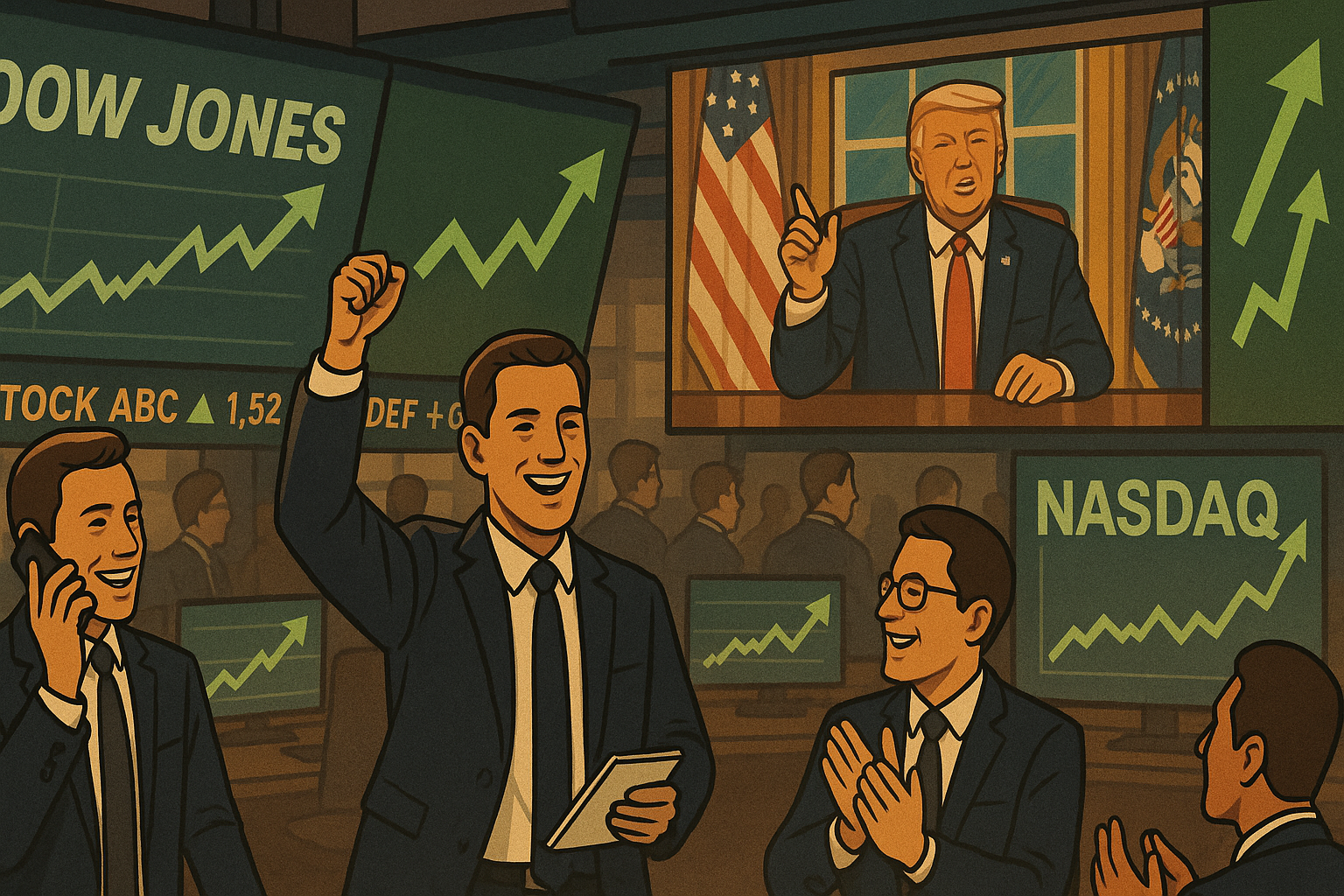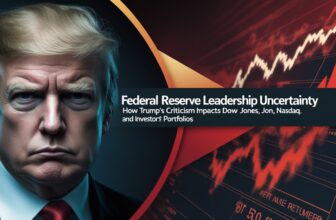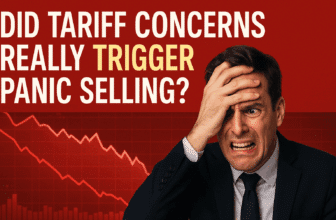
US President Donald Trump recently indicated he may reduce tariffs against Chinese imports, creating waves in the stock market today. Investors watching the Dow Jones Industrial Average have responded positively to the possibility of trade tensions easing between the world’s two largest economies.
What Did Trump Actually Say?
Speaking from the Oval Office, Trump highlighted plans to significantly reduce tariffs imposed on Chinese goods, though not removing them entirely. His words were well-received by stock market traders and economists, generating a bullish response reflected in the Dow Jones Industrial Average today.
He also addressed speculation regarding Federal Reserve Chairman Jerome Powell’s future, declaring clearly that Powell’s position is secure. The President did push for more proactive rate cuts by the Fed, which might influence borrowing costs and further stimulate the stock market.
The Ripple Effect on Global Markets
This announcement sparked positive reactions globally, as Asian markets reacted favorably overnight. Japan’s Nikkei 225 climbed 1.9%, while Hong Kong’s Hang Seng Index rose by 2.2%. American indices showed similar enthusiasm.
| Index | Change |
|---|---|
| Dow Jones Industrial Average | +2.5% |
| Nasdaq Composite | +2.7% |
| S&P 500 | +2.5% |
Meanwhile, US stock futures indicate confidence among traders. Markets anticipate a positive start in the Dow Jones Industrial Average today, the Nasdaq Composite, and the broader stock market when US exchanges open.
The Long-lasting Trade War Impact
Though optimism prevails today, the trade war between the United States and China has real implications for global growth prospects. A report from the IMF published in October 2023 suggests the world economy will grow by only 3.1% by 2025, citing ongoing trade fights as significant threats to international commerce and emerging market stability.
The Brookings Institution’s research affirms this risk, predicting US GDP could shrink by approximately 0.5% by 2025 if current trade policies remain unchanged. Elevated tariffs and retaliations could hamper bilateral trade relations long-term, affecting multiple industry sectors.
US Consumers and Manufacturers Feeling Pressure
A Bureau of Labor Statistics (BLS) forecast for 2025 warns that continued tariffs may inflate consumer prices by at least an extra 0.3% above standard inflation. This increase, felt notably in sectors like electronics and manufacturing, comes as no surprise to US families already feeling the pinch.
Remembering a conversation at last year’s annual shareholder meeting, several local manufacturers pointed to tariff-induced cost pressures harming their production capabilities. This aligns closely with the December 2023 report by the National Association of Manufacturers (NAM), predicting a potential drop in US manufacturing output of around 1.2% by 2025.
Uncertain Times Ahead
Even with today’s brighter outlook and the market’s immediate bullish response, significant challenges remain in the background. Investors are keenly observing developments, hoping a resolution will stabilize markets and promote economic growth.
Resolving US-China tensions would certainly lift investor spirits further and solidify confidence within global markets. Trump’s comments today were encouraging, but the trade war impact is not a short-term issue; its effects are felt deeply across economic indicators.
















